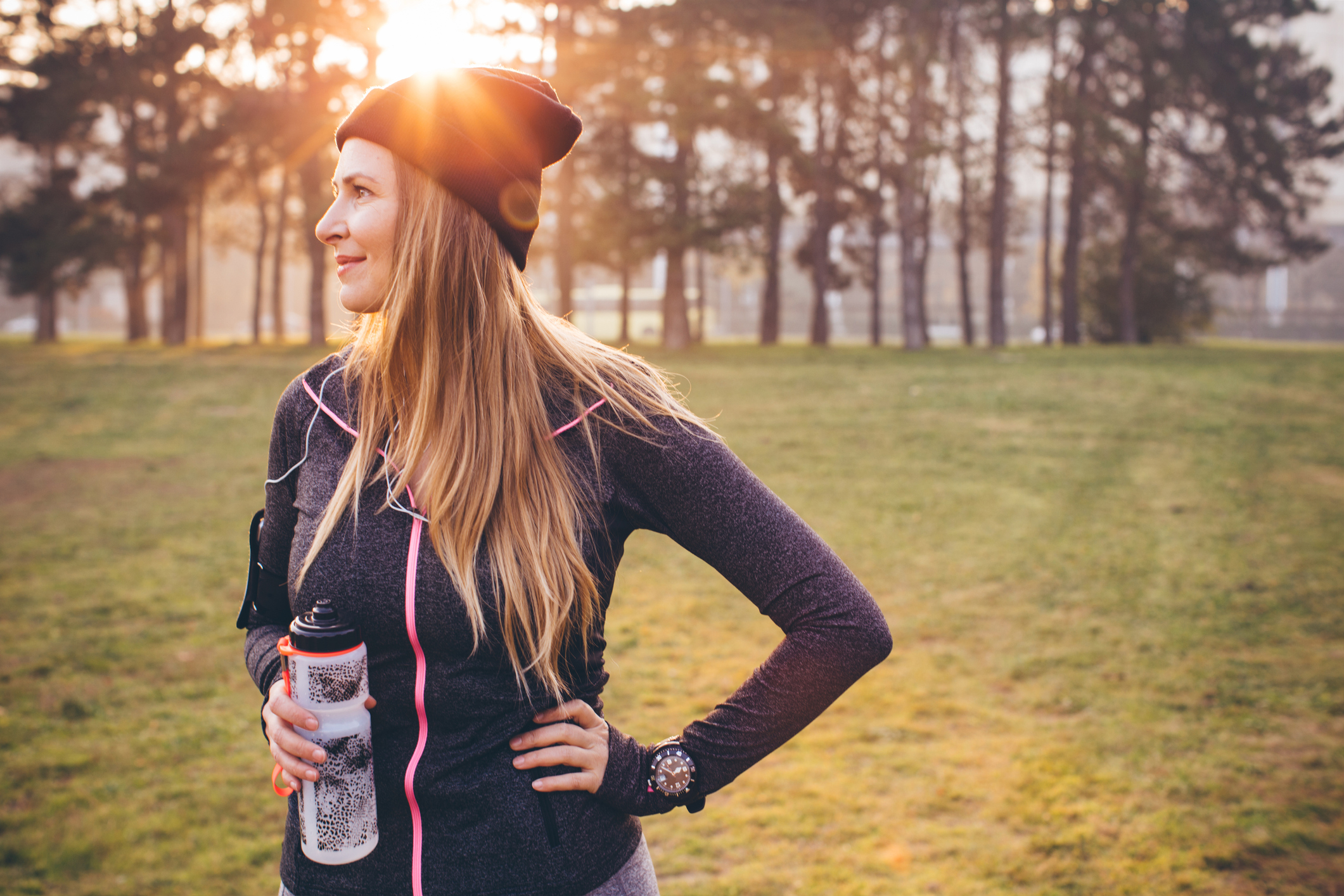Are You Getting Enough Vitamin D?
Almost Half of the U.S. Population is Vitamin D Deficient
According to the National Health and Nutrition Examination Survey, almost half of the U.S. Population (41.6%) is vitamin D deficient. Vitamin D is found in a few foods, but people get most of their vitamin D from the sun, which can be difficult in the winter months when most are huddled up indoors. Even if you do spend time outdoors, it is very unlikely that your skin will convert the sun's rays to vitamin D from December through February.

So what does vitamin D do?
Vitamin D's main job is to help your body absorb calcium to keep your bones and teeth healthy. It also helps keep your immune system strong and your muscles and nerves working well.
Who is most at risk for deficiency?
Certain conditions put some people at a higher risk for vitamin D deficiency including:
- Having darker skin (up to 82% of black people and 69% of Hispanic people are deficient)
- Being elderly
- Having kidney disease
- Being vegetarian or vegan
- Being obese (having a BMI >30), especially if you have had a gastric bypass
- Having a GI disorder such as Crohn's disease, Celiac disease or Ulcerative Colitis
What can I do if I am at risk?
If you're at risk, eat foods with vitamin D such as
- Fatty fish like salmon, tuna, mackerel, trout, sardines and flounder
- Beef liver
- Egg yolks
- Sun dried mushrooms
- Fortified orange juice, soy milk, yogurt and milk
You can also ask your health care provider or registered dietitian nutritionist about taking a vitamin D supplement.
Get some sunshine (between Spring and Fall)
 Getting five to 30 minutes of sunshine on unprotected skin each day between March and November usually provides enough vitamin D to prevent deficiency. Wearing sunscreen (SPF 15 or higher) is very important for preventing skin cancer, but it also limits your skin's ability to make vitamin D. It takes sunscreen about 15 to 30 minutes to fully work, so if you apply it shortly before going outside, your skin will have a few minutes where it can make vitamin D, and afterwards it will be protected from the sun for the next few hours. For some people, no level of unprotected sun exposure is safe so talk to your health care provider about what the best plan is for you.
Getting five to 30 minutes of sunshine on unprotected skin each day between March and November usually provides enough vitamin D to prevent deficiency. Wearing sunscreen (SPF 15 or higher) is very important for preventing skin cancer, but it also limits your skin's ability to make vitamin D. It takes sunscreen about 15 to 30 minutes to fully work, so if you apply it shortly before going outside, your skin will have a few minutes where it can make vitamin D, and afterwards it will be protected from the sun for the next few hours. For some people, no level of unprotected sun exposure is safe so talk to your health care provider about what the best plan is for you.

Lisa Anderson is the Clinical Nutrition Manager at Aramark Healthcare and Chesapeake Regional Healthcare.